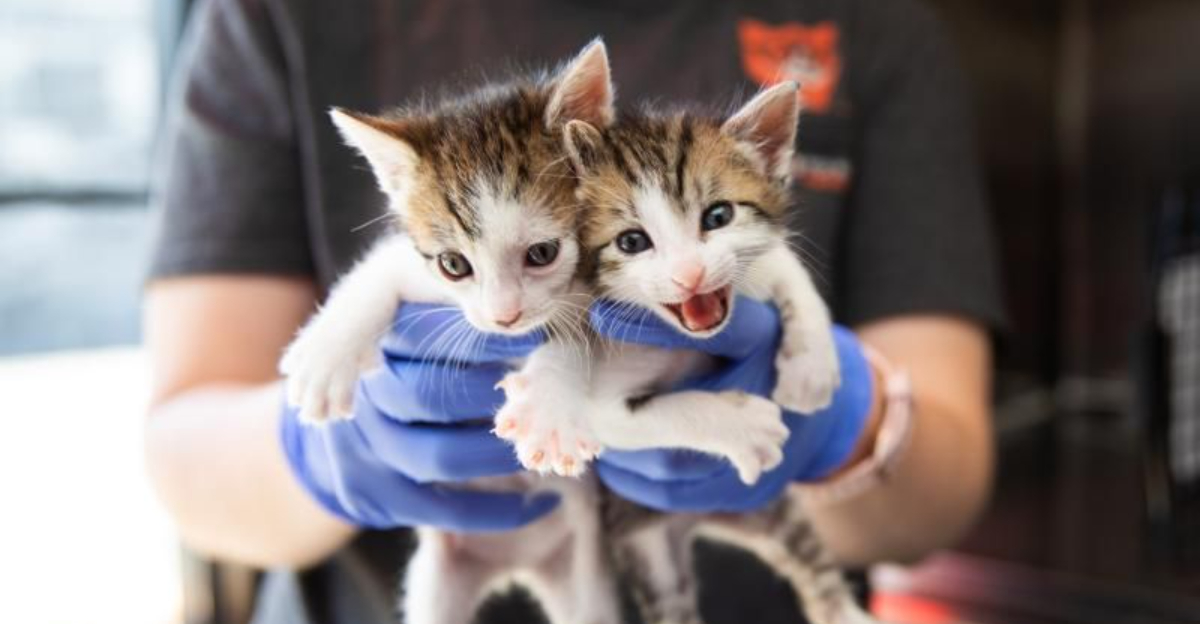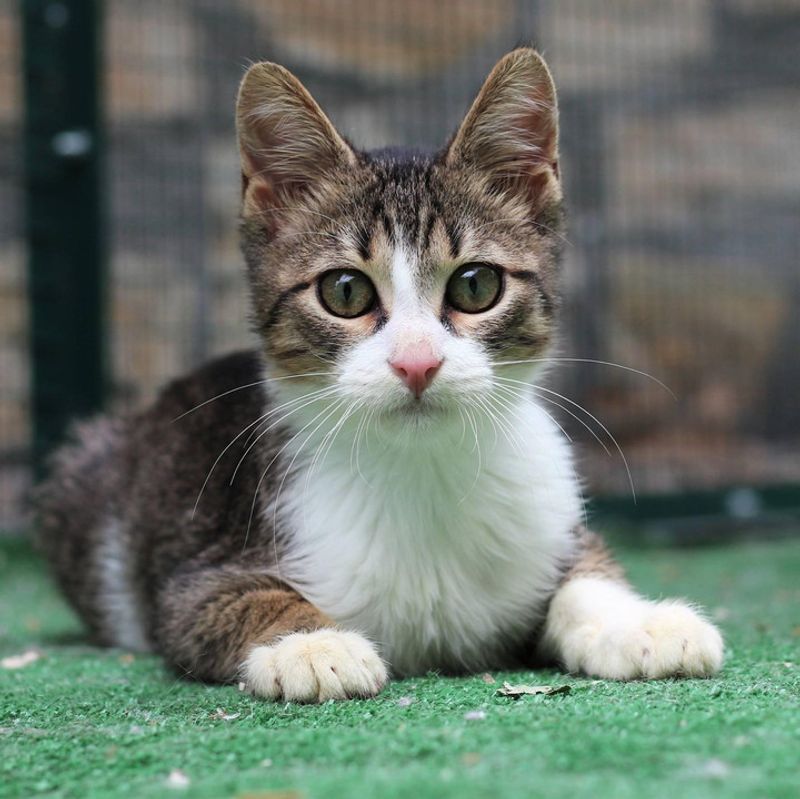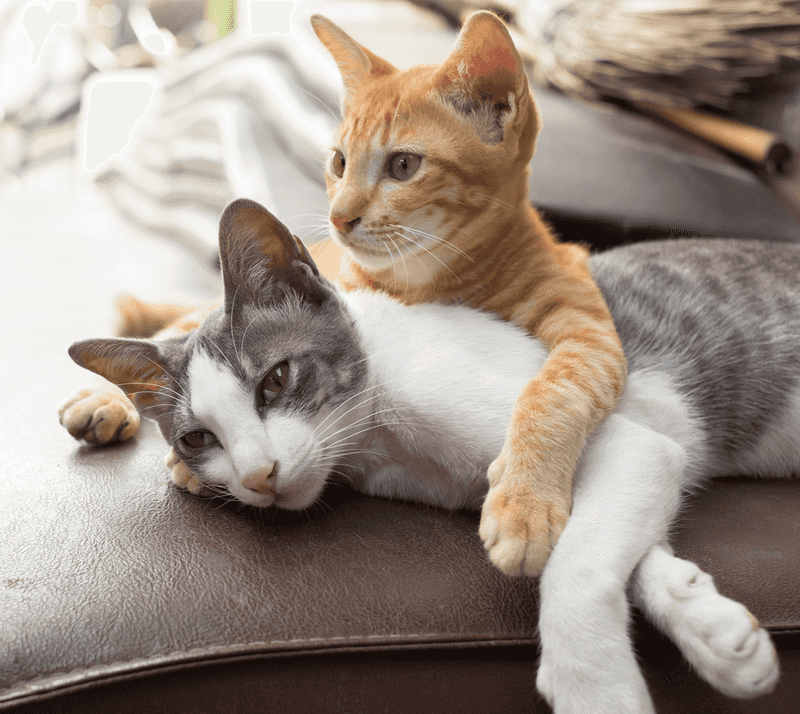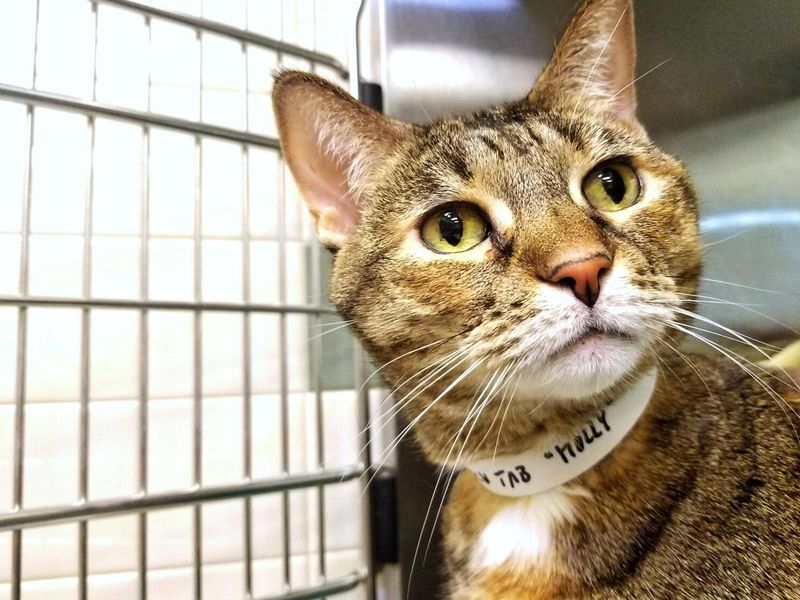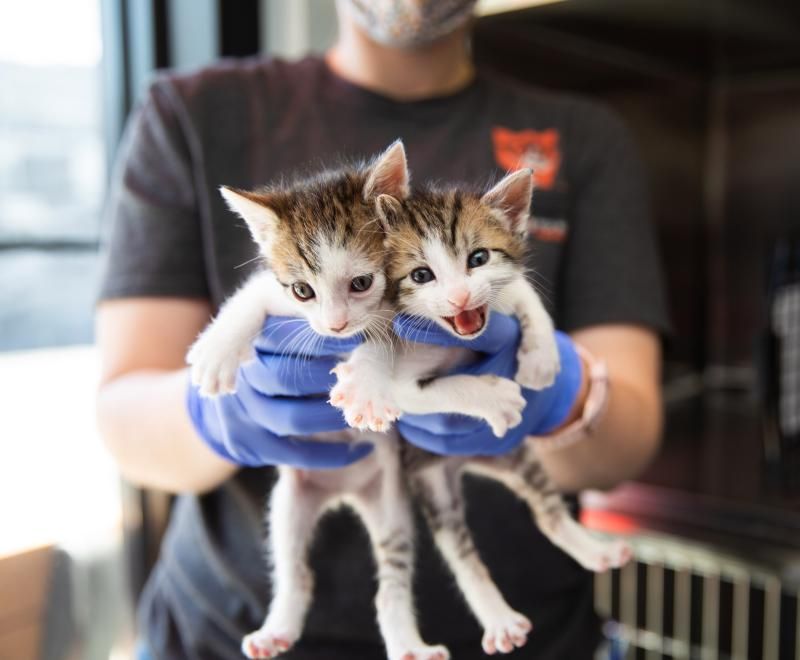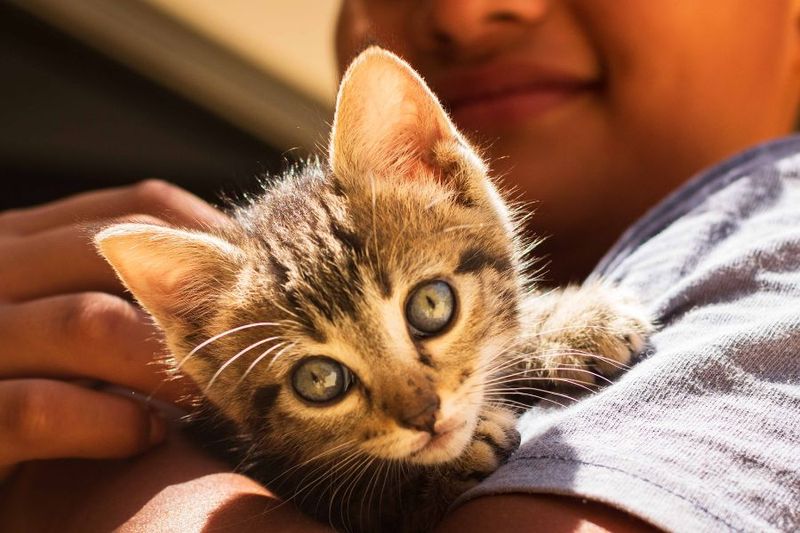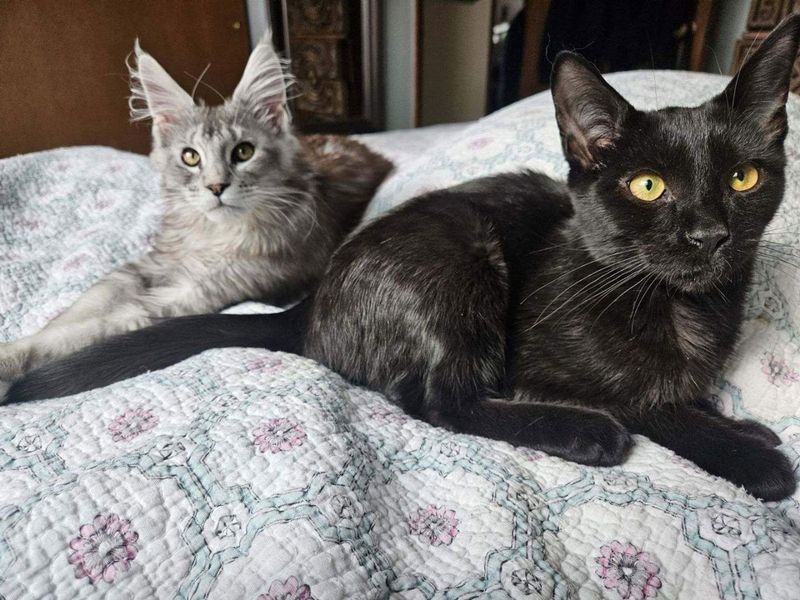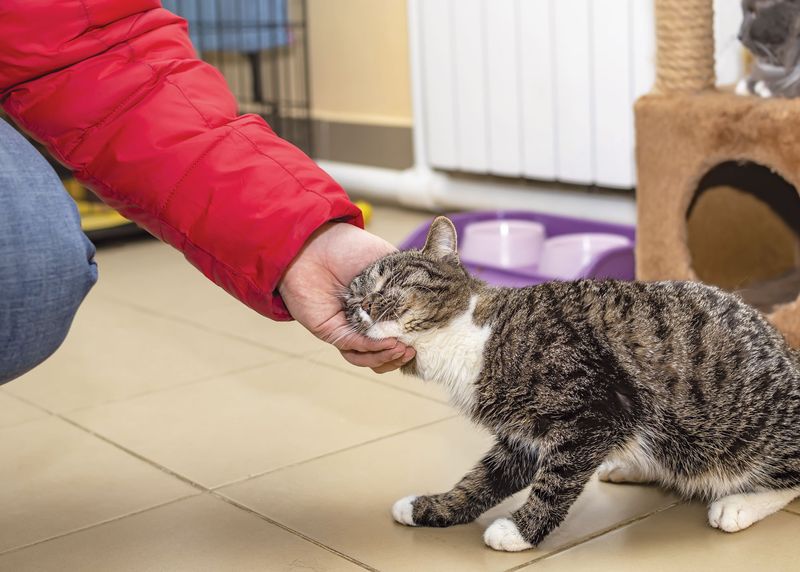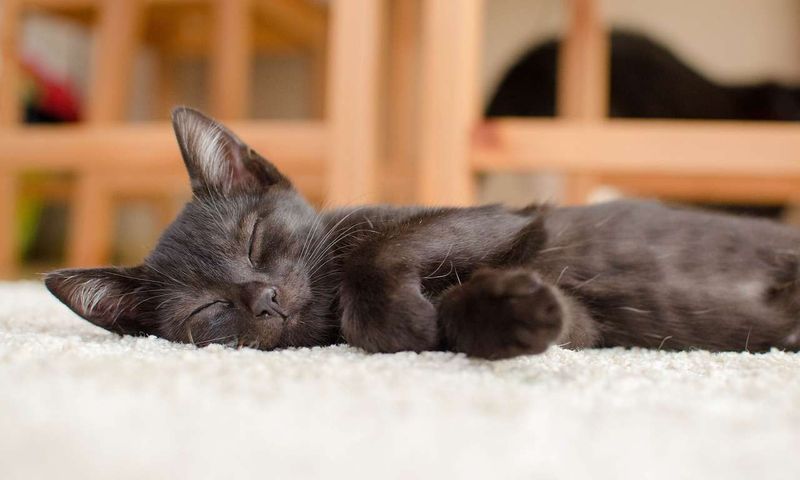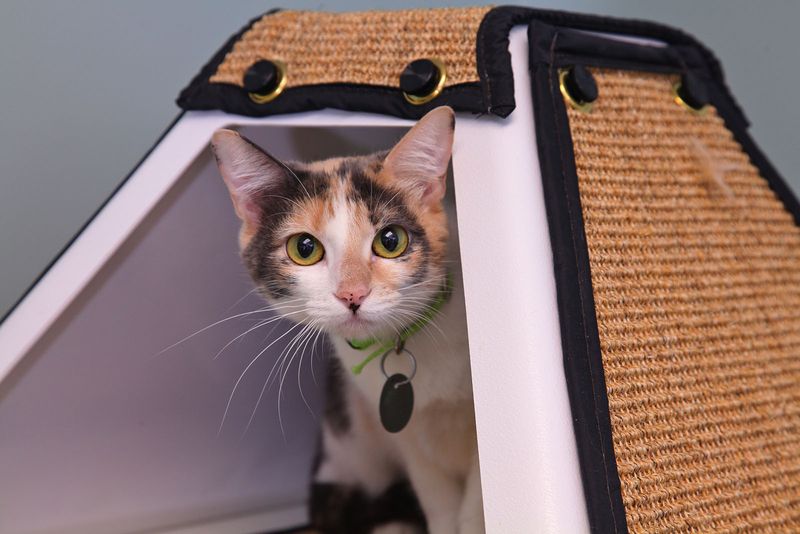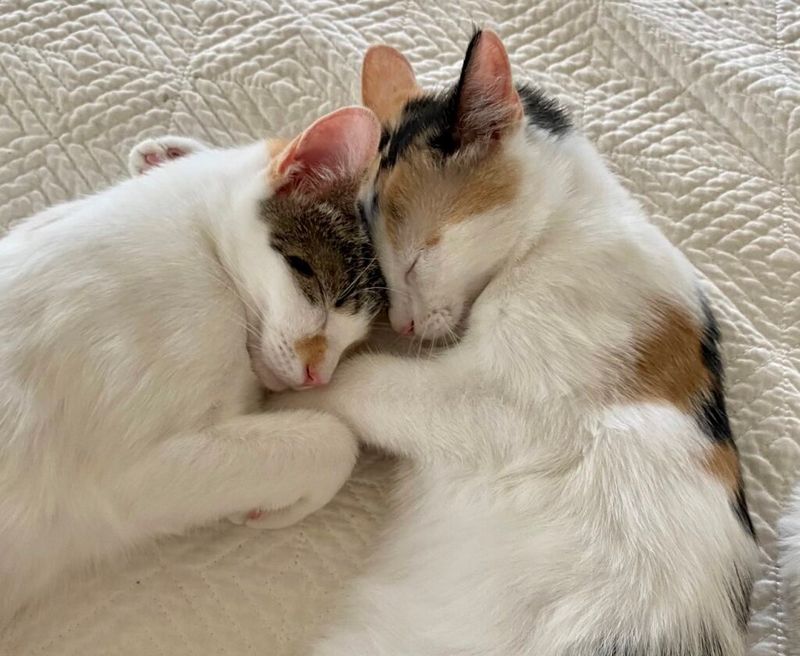📖 Table of Content:
- 1. Know Your Lifestyle First
- 2. Research Different Cat Personalities
- 3. Consider Age Appropriately
- 4. Meet Multiple Cats Before Deciding
- 5. Ask About Medical History
- 6. Observe How They React To Handling
- 7. Bring Family Members Along
- 8. Ask About Previous Living Situations
- 9. Consider Existing Pets
- 10. Discuss Special Needs Candidly
- 11. Evaluate Your Home Environment
- 12. Talk To Staff About Behavior History
- 13. Prepare For Adjustment Periods
- 14. Look Beyond Physical Appearance
- 15. Request Post-Adoption Support
- 16. Trust Your Instincts
- 17. Consider Adopting Bonded Pairs
Finding your feline soulmate at a shelter can be both exciting and overwhelming. With so many adorable cats waiting for forever homes, how do you know which one is right for you? Making a thoughtful choice ensures both you and your new furry friend will be happy together for years to come. These practical tips will help you navigate the adoption process and find the perfect cat companion for your lifestyle.
1. Know Your Lifestyle First
Before stepping foot in a shelter, take an honest look at your daily routine. Are you gone for long hours? Do you travel frequently? Do you prefer quiet evenings or hosting regular gatherings?
Active households might benefit from playful, adaptable cats, while quieter homes could be perfect for more reserved felines. Some cats need more attention and care than others.
Understanding your lifestyle helps shelter staff match you with compatible cats. This self-awareness prevents the heartbreak of returning a cat because of lifestyle incompatibility – something that can be traumatic for the animal.
2. Research Different Cat Personalities
Cats have distinct personality types that significantly impact how they’ll fit into your home. Some are social butterflies who follow you everywhere, while others prefer independence with occasional affection on their terms.
Playful cats provide entertainment but require more engagement. Lap cats offer cuddles but might be needier. Shy cats take time to trust but often form deep bonds once comfortable.
Many shelters categorize cats by personality traits to help match them with appropriate homes. Learning about these differences beforehand helps you communicate your preferences to adoption counselors who can guide you toward your ideal match.
3. Consider Age Appropriately
Kittens burst with energy, requiring constant supervision and training. They’re adorable but can be overwhelming if you’re unprepared for their activity level and mischief. Younger cats need more time, patience, and kitten-proofing.
Adult cats (1-7 years) usually have established personalities, making it easier to predict how they’ll behave in your home. Many are already litter trained and past destructive kitten behaviors.
Senior cats (8+ years) often make wonderful companions with their calm demeanor and appreciation for simple comforts. They typically require less playtime but may need more medical attention. Don’t overlook these older felines – they have so much love to give!
4. Meet Multiple Cats Before Deciding
First impressions matter, but they don’t tell the whole story. Shelter environments can cause cats to behave differently than they would in a home. Some hide from stress while others become more vocal or active.
Visiting multiple times allows you to see different sides of a cat’s personality. A nervous cat might warm up during your second visit, revealing their true nature. Schedule appointments on different days and times if possible.
Take notes after each meeting to compare reactions and behaviors. This methodical approach prevents impulse decisions based solely on appearance or first interactions, leading to more successful long-term matches between adopters and their new feline friends.
5. Ask About Medical History
Understanding a cat’s health background helps you prepare for potential ongoing care needs. Request detailed information about vaccinations, spay/neuter status, and any chronic conditions. Good shelters maintain thorough records of treatments and observations.
Some medical issues, like allergies or urinary tract problems, may require special diets or medications. Others, like FIV (Feline Immunodeficiency Virus), aren’t necessarily dealbreakers but do require certain precautions and care considerations.
Ask if the shelter provides post-adoption veterinary support or discounted first visits. This knowledge helps you budget appropriately and ensures you’re prepared to provide proper care from day one.
6. Observe How They React To Handling
Watching how a cat responds when picked up reveals volumes about their temperament. Some cats immediately relax in your arms, while others tolerate handling briefly before wanting down. Certain cats may never enjoy being held but show affection in other ways.
Pay attention to body language during handling. Relaxed posture, gentle purring, and kneading indicate comfort. Stiffening, tail swishing, or attempting to escape suggests discomfort with being handled.
If you have children or frequent visitors, a cat comfortable with handling might be ideal. However, cats with handling sensitivities can still make wonderful pets in homes that respect their boundaries and appreciate their unique ways of showing love.
7. Bring Family Members Along
Everyone who’ll live with your new cat should participate in the selection process. Different family members might connect with different cats, and seeing these interactions helps identify the best match for your household dynamics.
Children should demonstrate they can interact appropriately with cats under supervision. Observe how potential cats respond to your children’s energy levels and handling styles. The right cat will remain calm and patient during these interactions.
For households with elderly members or those with mobility issues, consider cats that are less likely to become tripping hazards or require extensive physical play. This collaborative approach ensures everyone feels invested in the adoption and increases the likelihood of a harmonious household.
8. Ask About Previous Living Situations
A cat’s background offers crucial clues about their adaptability to your home. Cats surrendered from apartments might adjust easily to smaller spaces, while those from rural homes might need more environmental enrichment indoors.
Cats previously living with other animals may integrate more smoothly into multi-pet households. Those surrendered due to allergies or moves (rather than behavioral issues) often transition more easily into new homes.
Some cats have experienced trauma or neglect, requiring extra patience and specialized care. Understanding these histories isn’t about judging the cat but preparing yourself to provide the specific support they need to thrive in their new life with you.
9. Consider Existing Pets
Bringing a new cat into a home with existing pets requires careful consideration. Some shelters offer “meet and greets” where your current pets can safely interact with potential adoptees under supervision. These interactions provide valuable insights into compatibility.
Ask shelter staff about cats known to get along with other animals. Some cats have lived harmoniously with dogs or other cats previously, making them good candidates for multi-pet households.
Even with compatible personalities, proper introduction techniques are essential. Request resources from the shelter about gradual introductions, and be prepared to provide separate spaces initially. Patience during this process increases the likelihood of peaceful coexistence between new and existing pets.
10. Discuss Special Needs Candidly
Special needs cats – those with chronic medical conditions, disabilities, or behavioral challenges – often wait the longest for homes despite having tremendous love to give. Before dismissing these cats, have honest conversations with shelter staff about what their care truly entails.
Many conditions sound more daunting than they actually are. Diabetes might require regular medication but is otherwise manageable. Blind or three-legged cats often adapt remarkably well with minimal accommodations.
Consider your resources realistically – do you have time for medication administration? Financial capacity for potential treatments? The emotional bandwidth for behavioral work? When matched with committed owners who understand their needs, special needs cats form incredibly rewarding bonds.
11. Evaluate Your Home Environment
Your living space significantly impacts which cat will thrive with you. High-energy cats need room to run and climb, while less active cats may be content in smaller quarters. Multi-level homes might challenge elderly or mobility-impaired cats.
Assess potential hazards: dangling cords, toxic plants, precarious shelving, or escape routes. Consider noise levels too – busy streets or loud apartments might stress sensitive cats.
Rental properties require additional considerations. Ensure your lease permits pets and understand any restrictions or deposits required. Taking photos of your living space to show shelter staff can help them recommend cats suited to your specific environment, increasing the chances of a successful match.
12. Talk To Staff About Behavior History
Shelter staff and volunteers are goldmines of information about cats in their care. They observe behaviors that might not be apparent during brief visits – litter box habits, food preferences, play styles, and social dynamics with other cats.
Ask specific questions: Does the cat startle easily? How do they behave when alone? Have they shown aggression? Do they vocalize frequently? These details help predict how a cat might behave in your home.
Staff can also share success stories about similar cats they’ve placed. Their insights come from daily interactions and professional experience with hundreds of cats. This collective wisdom helps match cats with appropriate homes where their specific behavioral traits will be understood and appreciated.
13. Prepare For Adjustment Periods
Even the most well-adjusted cats need time to acclimate to new surroundings. The standard adjustment period ranges from two weeks to two months, during which cats may hide, show reduced appetite, or exhibit stress behaviors.
Creating a small, quiet “sanctuary room” helps new cats adjust gradually. Provide hiding spots, familiar bedding, toys, and consistent feeding routines to establish security. Rushing this process often backfires.
Ask shelter staff about specific adjustment challenges you might encounter with your chosen cat. Some may recommend pheromone diffusers, specific introduction techniques, or behavior support hotlines. Understanding that patience during this transition is normal, not problematic, helps prevent premature returns to the shelter.
14. Look Beyond Physical Appearance
Beautiful markings and specific breeds often attract adopters initially, but personality compatibility matters far more for long-term happiness. Black cats, senior cats, and those with minor cosmetic imperfections are frequently overlooked despite having wonderful temperaments.
Try meeting cats without seeing them first – some shelters offer “blind date” adoptions where you describe your lifestyle and preferences, then meet cats that match your needs regardless of appearance. This approach often leads to unexpected but perfect matches.
Remember that gorgeous cats with difficult personalities may create challenging living situations, while plain-looking cats with compatible temperaments can bring years of harmonious companionship. Focus on finding a friend, not a fashion accessory.
15. Request Post-Adoption Support
Quality shelters don’t end their relationship with you at adoption. Many offer resources like behavior hotlines, training materials, and follow-up check-ins to ensure successful transitions. Ask what support services are available before finalizing your adoption.
Some shelters provide temporary pet supplies, initial veterinary care, or discounted services with partner clinics. Others maintain alumni groups where adopters can share experiences and advice.
Knowing you have backup during challenging adjustment periods provides peace of mind. Reputable shelters want adoptions to succeed long-term and would rather help solve problems than see cats returned. Their expertise can be invaluable, especially for first-time cat owners navigating the early weeks of pet parenthood.
16. Trust Your Instincts
Sometimes the perfect match happens through an unexplainable connection. The cat that follows your movements, makes eye contact, or chooses to sit near you might be communicating interest in their own way.
Cats often select their humans rather than the reverse. That quiet cat who reaches a paw through the cage when you pass or purrs when you speak may be showing you they’re meant to be yours.
While methodical selection is important, don’t dismiss the value of genuine connection. When logical considerations align with that special feeling of “this is the one,” you’ve likely found your match. The cat-human bond can be profoundly intuitive when we’re open to recognizing those subtle signals of mutual interest.
17. Consider Adopting Bonded Pairs
Bonded pairs – cats who have formed deep attachments to each other – offer unique benefits for adopters. They provide companionship for each other when you’re away, often reducing separation anxiety and destructive behaviors stemming from loneliness.
Watching bonded cats groom each other, play together, and cuddle brings special joy to your household. They typically adjust faster to new homes because they have their familiar friend for security during the transition.
While adopting two cats means additional resources and care, the workload isn’t doubled – many aspects of care overlap. Bonded pairs are often overlooked at shelters despite their advantages. By keeping these friends together, you’re not only gaining double the love but also performing an act of compassion they’ll repay with years of entertainment and affection.
